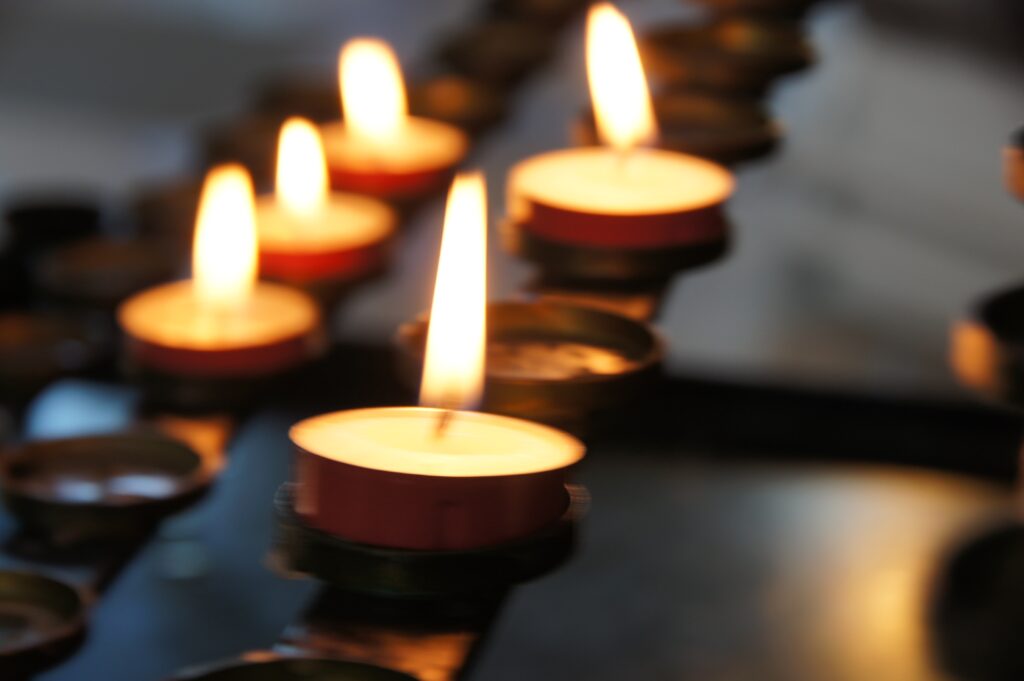More and more people are choosing a direct cremation for their funeral service these days. Although they have yet to surpass traditional cremations, they are worth looking into, particularly if you want a low-cost option. In fact, direct cremations are even cheaper to hold than direct burials. So, what are the differences that mark a direct cremation out from a traditional one? Read on to find out.

Mourners
Perhaps the most striking detail about a direct cremation is that no mourners will be invited to come along. The crematorium involved will allow one – or, sometimes, two – people to be in attendance while the body is incinerated and to collect the ashes afterwards. Other than that, there is very little to be said or done at a direct cremation service.
Officiants
Because there are no mourners in attendance at a direct cremation, there won’t be a service as such. For this reason, you won’t need to go to the time and trouble of booking an officiant to oversee proceedings. They won’t speak about the deceased because they won’t be there. Nor will there be the other aspects of a traditional cremation service you might expect the officiant to oversee, such as a reading, a eulogy, prayers or hymns.
Transport
Only one vehicle is required at a direct cremation. Usually, the funeral directors you have booked will use their lowest-cost form of transport so you might not even have a traditional hearse to convey the deceased to the crematorium. Limousines and horse-drawn carriages are not features of direct cremations.
Coffins
Simple coffins are used for direct cremations rather than ornate ones or caskets. As one expert firm in the field of UK funerals, Newrest Funerals, has found in recent years, British people are much more open to the idea of a cardboard coffin these days. These cremate with less energy consumption in crematoria than wooden versions so they are an ecological as well as an inexpensive option.
Flowers
At a direct cremation, you won’t see any flowers being sent. This is because there will be no mourners there to enjoy them anyway. Sometimes, people ask for a donation to be made to a charitable foundation instead of sending flowers but, again, this need not be the case with a direct cremation these days.
Celebration of Life Services
Although it is perfectly possible to organise a celebration of life service following a traditional cremation, they are more of a feature of direct cremations. Instead of focussing on the legal disposal of the body of the deceased which is, at heart, what a cremation is all about, a celebration of life service tends to focus more on the life and legacy of the person who has passed on a month or so after their death. As such, they often follow a direct cremation these days as a way of bringing people together in a more positive and uplifting way than tends to occur at traditional funerals close to the time of passing.

